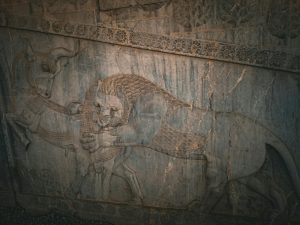Nativität – Meaning, History, and Cultural Importance of the Nativity
The term Nativität, the German word for Nativity, refers to the birth of Jesus Christ, a foundational moment in Christian belief. Over centuries, the Nativity has inspired countless traditions, artworks, and celebrations that continue to influence cultures worldwide. Understanding the Nativität helps us appreciate the rich spiritual and artistic legacy surrounding the Christmas season.
What Is Nativität?
Nativität describes both the historical event of Christ’s birth and the symbolic representation of that moment. It encompasses religious, cultural, and artistic elements that portray themes of hope, light, and renewal.
Key Components of the Nativität
The infant Jesus
Mary and Joseph
The stable in Bethlehem
Shepherds and angels
The Star of Bethlehem
The Three Wise Men (Magi)
These elements appear in various forms such as Nativity scenes, paintings, hymns, and Christmas celebrations.
Historical Background of the Nativity Story
The story of the Nativity originates from the Gospels of Matthew and Luke in the New Testament. As Christianity spread across different regions, the Nativity became a central symbol of faith.
Early Depictions of the Nativität
4th century: Earliest visual representations in Christian art
Middle Ages: Rise of elaborate Nativity paintings and church displays
Renaissance: Masterpieces by artists such as Botticelli and Caravaggio
Modern era: Global Christmas traditions and public Nativity scenes
These depictions helped shape Christian identity and seasonal rituals.
Cultural Significance of Nativität Today
The Nativität remains a powerful symbol in contemporary society.
How Nativität Influences Modern Culture
Inspires Christmas decorations and celebrations
Shapes music, theater, movies, and literature
Encourages themes of kindness, giving, and family unity
Strengthens religious and cultural heritage
Around the world, Nativity scenes continue to serve as reminders of the spiritual meaning of Christmas.
Conclusion
The Nativität is more than a historical account—it is a rich and enduring symbol of faith, hope, and cultural expression. From sacred art to global Christmas traditions, the Nativity continues to connect people across generations and cultures.
FAQs
1. What does the term Nativität mean?
Nativität is the German word for Nativity, referring to the birth of Jesus Christ and its artistic or symbolic representation.
2. Why is the Nativität important in Christian culture?
It represents the beginning of Christ’s earthly life, symbolizing hope, salvation, and divine presence.
3. How is the Nativity celebrated today?
People celebrate through Nativity scenes, Christmas plays, carols, church services, and family traditions around the Christmas season.







